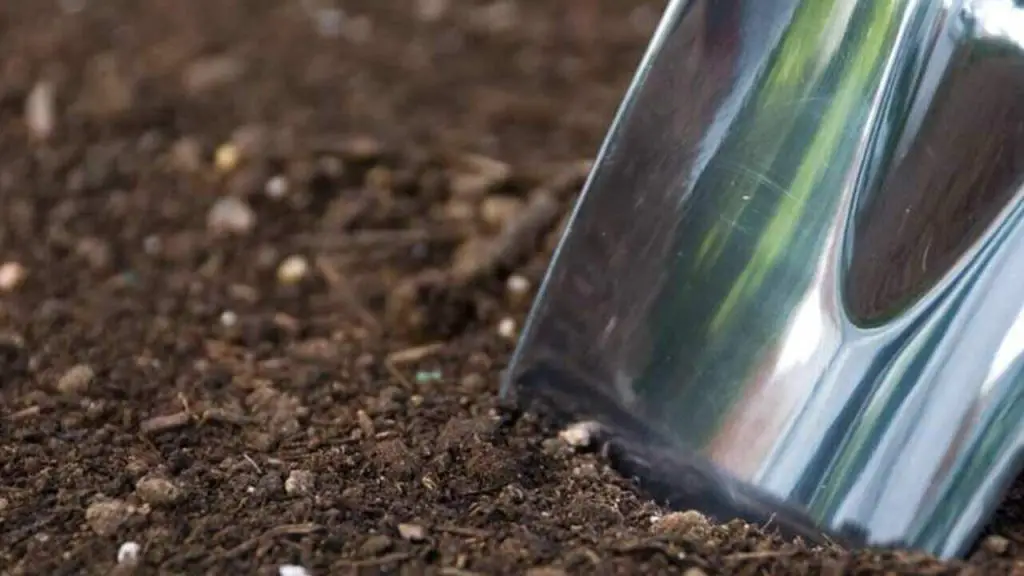Soil is the foundation of all plants and crops. It contains almost everything that plants need to thrive. Soil can have a significant impact on how much yield your plants produce, as well as the quality of their final product. By taking samples and testing them, you can monitor the health of your soil to improve it over time.
Soil testing is an important part of ensuring that plants have the right nutrients in order to stay healthy and productive. Whether you are a home gardener or someone who has a professional horticulture business, taking soil samples can help you understand what adjustments need to be made with regard to your soil environment in order for your plants to thrive.
Read this article if you want to know more about how to take a soil sample for testing at home or in a professional lab.
Why Should You Take a Soil Sample?

Soil can change in a variety of ways over time. It can become compacted, lose nutrients, become too wet or dry, or have pests introduced to it. Before you make any changes to your garden soil, it’s smart to get a soil sample tested.
This will let you know what nutrients your soil is lacking, what nutrients it has too much of, and what types of pests or weeds are living in your soil. This will allow you to tailor your soil changes toward what your soil needs. You may need to add more minerals, less fertilizer, more organic matter, or anything else that can help improve your soil.
When to Take a Soil Sample?
When to take a sample is important to note as you need to know what state of the soil is at its best. For example, if you want to find out the pH of your soil, you can take a sample in the spring when the soil is being prepared for planting.
If you want to know about the number of nutrients and minerals, you can take a sample in the fall when leaves are dropping off tree branches and being added to the soil. So, the best time to take samples for testing is the season when the soil is at its best.
What Tools Do You Need to Take a Soil Sample?
If you are taking a sample to test it in the lab, you will need a small (maybe 1/2 cup) soil sample and a sample container. If you are taking a sample to test it at home, you will need a trowel or a small shovel, a bucket, and a paper bag.
How to Take a Soil Sample for Testing?
Taking a sample for testing is a two-part process: you must first remove a portion of topsoil and then combine it with water in a sample container. Sample containers can be anything from a repurposed yogurt container to a small plastic bag. The sample container needs to be sealed so that the air can’t get into it.
This is important because the air can oxidize the sample and change the results. Taking a sample of topsoil is easy and doesn’t have to be very precise. You just need about a handful of soil. Scoop up a small handful of soil from the top 6 to 8 inches of your soil.
Tips for Taking a Professional Soil Sample
A professional soil sample is different from a soil sample that you take to get tested in the lab. A professional soil sample is taken when you are planning your garden and need to know what type of soil you have and how deep it is. These tips will help you take a professional soil sample:
- Select a spot in your garden that you want to sample.
- Mark the depth of the soil with a wooden stake or a flag.
- Dig a small hole and remove the top 10-12 inches of soil.
- Place the soil in a paper bag or a plastic container and seal it.
- Label the container with the name of the garden, the date, and the depth of the soil.
Conclusion
Soil is the foundation of all plants and crops. It contains almost everything that plants need to thrive. By taking samples and testing them, you can monitor the health of your soil to improve it over time. Soil testing is an important part of ensuring that plants have the right nutrients in order to stay healthy and productive.
Whether you are a home gardener or someone who has a professional horticulture business, taking soil samples can help you understand what adjustments need to be made with regard to your soil environment in order for your plants to thrive. If you want your plants to thrive, they need a healthy environment with the right amount of air, water, and nutrients.
Additional Contents



